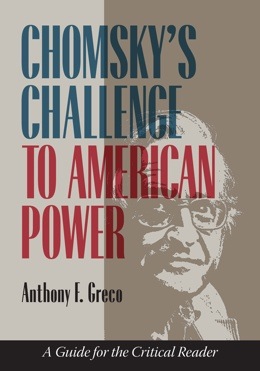Yes, Tuesday’s election results were indeed a disaster, but I’m going to start with some optimistic observations.
These elections took place under a set of circumstances that could easily be inoperative a year from now. Joe Biden and the Democrats haven’t been looking especially good these days. The messy withdrawal from Afghanistan helped put Biden’s approval ratings in the tank, but the (now partially resolved) impasse in Congress surely also played a part. Most of all, people are worried about the economy, fretting over high prices for groceries and gasoline and shortages of various goods. Economic uncertainty, in turn, reflects the effects of the pandemic, which, we had hoped, would have been more clearly under control by now. A year from now, memories of Afghanistan will have faded. The Democrats will have compiled a genuinely impressive legislative record. Covid could well be under control thanks to the vaccination regime pushed by the Democrats and resisted by Republicans. And the economy could be roaring. (This month’s numbers were terrific.).
I also would make a point that should be fairly obvious, but it hadn’t occurred to me and I hadn’t seen it from anybody else until recently. The historic pattern is that the president’s party loses Congressional seats in the midterm elections. But that pattern reflects the fact that a new president typically comes into office with a solid Congressional majority behind him. The losses that come with the following midterms constitute a kind of correction. But Biden didn’t bring a big Democratic majority in with him—there’s no correction to be made. (Thanks to Rep. Adam Schiff for this observation.) So, the conventional assumption that the president’s party faces losses in the midterms doesn’t apply that well to 2022.
Okay, enough optimism. All the excitement and angst was about Virginia and New Jersey, but another ominous election result on Tuesday was under-reported but arguably more emblematic of our ongoing political crisis. Three ballot proposals in New York State that were favored by the Democratic Party were defeated. One of the proposals, covering redistricting, had a clear partisan thrust, but the other two, designed to make voting easier—same day registration and easier absentee voting–were common sense measures that are in force in many other states. How did the voters of blue New York State reject these ideas? Simple: The Republicans, along with their little brothers in the Conservative Party, crying election theft! and the like, mobilized all-out to defeat the proposals. The Democrats, maybe assuming it was a cakewalk, did next to nothing. In a low turnout election, the winning side is the one that makes the more noise.
More broadly, the NY referendum outcome reflects an asymmetry in partisan intensity. As Brian Beutler has pointed out, “…Republican voters are more concerned about fake threats to democracy than [Democratic] voters are to real ones.” Why is that? Read Beutler’s piece for a more extended discussion, but what it comes down to is that the Democratic leadership has not treated the Republican onslaught on democracy as the menace that it is. (Adam Schiff is a commendable exception–see the link above.) Republicans are adept at fear-mongering; they’ve got decades of experience. Democrats, apparently, don’t do fear. Well, they better start learning. Fear mongering is entirely appropriate when there really is something to fear. American democracy, for the first time since the Civil War, is seriously threatened. The threat comes from a party/cult in thrall to a genuinely charismatic aspiring autocrat who could very possibly be returned to the White House in 2024. I’m afraid. We all should be.




Art Schmidt November 6, 2021 at 8:08 pm
I’m less distressed than you about the New York referendum. Republicans believe easy ballot access hurts them. Democrats believe that it helps them. Suppose they’re both wrong? Since April Virginia has been a paradise for voting rights, yet on Tuesday plenty of Republicans turned out, and Democrats stayed home.
Despite the articles of faith on both sides, I suspect that the result of suppressing votes might be a net loss for Republicans. Do you know of any studies showing that robust ballot-access laws help Democrats?
tonygreco November 6, 2021 at 10:25 pm
You make good points. A quick google search turned this up. In short,
“One myth that both parties completely agree on is that high turnout always benefits Democrats,” said David Becker, executive director of the Center for Election Research and Innovation. “It is an article of faith among both Democrats and Republicans that this is true and yet it is completely false.”
“We see repeatedly that it’s completely false in places like Florida and Ohio, which had extensive mail, early in-person, and Election Day voting, record turnout in 2020, [and] record margins for Republicans,” Becker continued. “In places like Virginia and New Jersey yesterday, [where it was] easy to early vote, easy to mail vote, [there was] record turnout [and] over performance by Republicans.”
Of course, this doesn’t change my larger point about the disparity of partisan intensity.